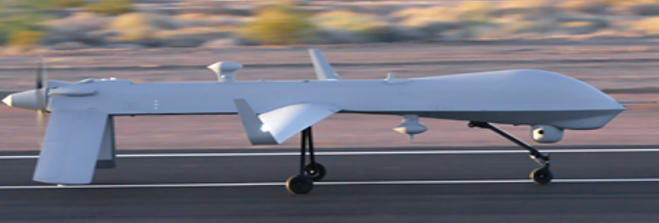A Case Study on the Evolutionary Development of U.S Unmanned Aerial Vehicles (UAVs)
Focusing on Tactical/Strategic Fixed-wing UAVs
DOI:
https://doi.org/10.37944/jams.v3i2.69Keywords:
Unmanned Aerial Vehicles (UAVs), Drones, Robots, Evolutionary Development, Performance Improvement, Derivative Development, Shadow-200, Predator, Reaper, Global HawkAbstract
In October 2018, the Korean Army established a Dronebot unit. The future battleground is expected to be led by drones and robots. However, in order to utilize new weapons systems such as drones and unmanned aerial vehicles (UAVs) in the Korean army, it is necessary to go through complicated and long-term defense acquisition procedures, which make it difficult to adopt and reflect the latest technologies immediately.
The purpose of this study is to derive some implications for the efficient development and acquisition of UAVs in Korea through in-depth case analysis on the evolutionary development and acquisition of U.S. military UAVs.
Accordingly, this study focused on the tactical/strategic U.S. fixed-wing UAVs which have been developed and mass-produced since 1990s, weighing more than 150kg. They include Shadow-200 as brigade/division-level UAV, Predator and Reaper as midium altitude UAVs, and Global Hawk as high altitude UAV. These must not only satisfy the required operational capability (ROC), but also receive strict airworthiness certification.
Among them, Predator and Global Hawk were carried out as New Conceptual Technology Development Demonstration (ACTD), and prototypes under development were put into the Middle East battle. Although there were several accidents, flexible development processes such as system development or initial mass production were applied after ACTD. The initial target performance was set to be low and operability verification was prioritized, and the performance was improved through the evolutionary development of initial low rate mass production, subsequent mass production, and subsequent performance improvement. Despite the initial mass production phase, all required performance was not confirmed, and the required performance was presented in a range of flexibility.
On the other hand, there have been large-scale changes such as engine replacement, aircraft change and communication systems upgrade to improve performance. Mission equipment was developed separately and applied to mass production when operability was confirmed. In the process of the development and acquisition of these UAVs, unforeseen accidents, huge losses and increased costs happened, but the U.S. government continued to pursue an evolutionary development policy for military drones.
Therefore, in developing and acquiring new high-tech military unmanned aerial vehicles, it is necessary for Korea to develop and acquire them based on operability in the initial development stage, and to enhance its combat capabilities by improving its performance in the stages of initial mass production, follow-up mass production and performance improvement.
Metrics

Published
Versions
- 2020-08-31 (2)
- 2020-08-31 (1)
How to Cite
Issue
Section
License
Copyright (c) 2020 Journal of Advances in Military Studies

This work is licensed under a Creative Commons Attribution 4.0 International License.

This work is licensed under a Creative Commons Attribution 4.0 International License.

이 저작물은 크리에이티브 커먼즈 저작자표시 4.0 국제 라이선스에 따라 이용할 수 있습니다.






